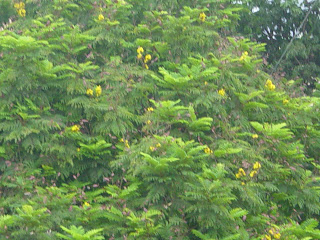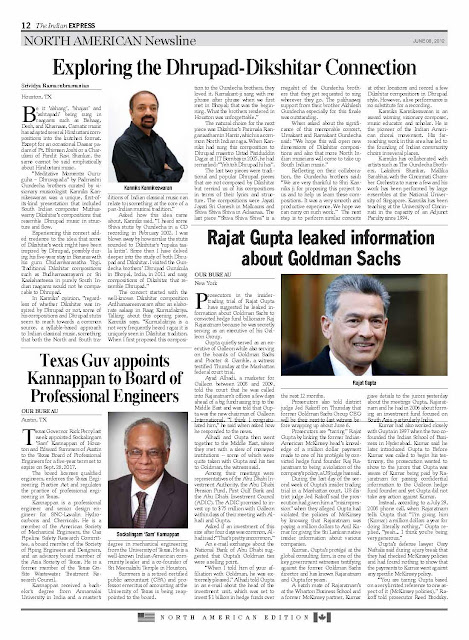China Diary- Part 2: The Hall of Literary Profundity

When I was in Beijing for the first time recently, I sometimes felt I was living in the future. There was no apparent visible poverty, at least not in the touristy parts of Beijing. The Olympics area that we stayed in for a few days, with its colossal "Bird's Nest" and giant water cube stadium, seemed like from another world. It was like being in a "Planet of the Apes" movie, with its majestic skyscrapers, multi-lane highways, and high speed trains. In this world of the future, English has very little role to play. Since my Chinese vocabulary consists of exactly two words, nihao and xie xie, my attempted conversations with Beijing natives was quite entertaining, mostly comedic. My rudimentary acting talent and rusty drawing skills came in handy. You can only imagine my plight when I had to communicate my travelers' diarrhea situation to a pharmacist who did not understand a word of English. Thoughts in my mind, "what if the pharmacist misunderst...










